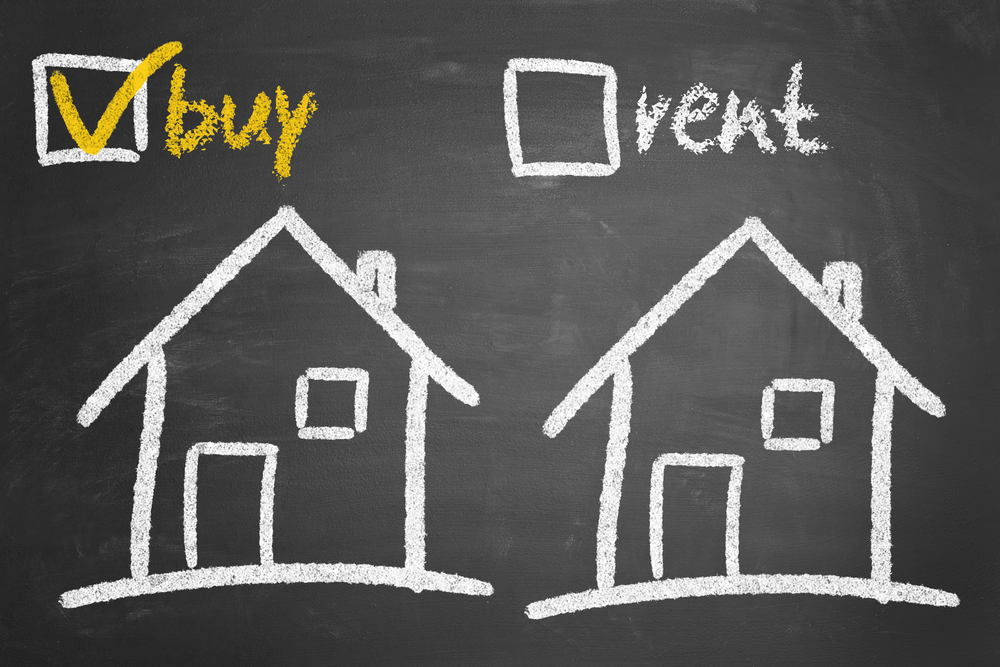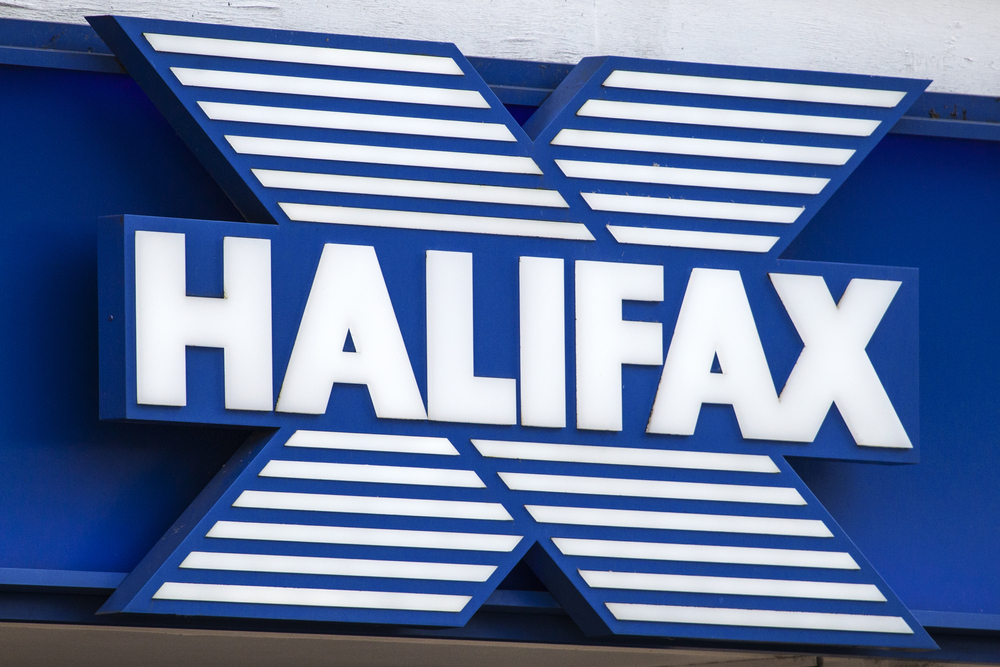
Mortgage rates of around 5% mean the average payment on a 90% loan-to-value (LTV) mortgage is currently equivalent to the average rental payment.
This is according to the latest analysis from estate agent Hamptons which reveals that many lender rates being offered right now have levelled the cost of buying and renting across the UK, back in line with the long-term trend.
Typical mortgage rates of just over 5% for a first-time buyer with a 10% deposit mean the average monthly mortgage payment (£1,328) is slightly cheaper than the average rental payment (£1,356). This time two years ago, as interest rates rose, renting became £48 per month cheaper than buying.
However, for most of the last 40 years, it’s been cheaper to buy than rent. In just 36% of the months since January 1987 it has been cheaper to rent than buy.
Since January 1987, there have only been three occasions when renting has been cheaper than buying for someone purchasing a home with a 10% deposit over a 30year mortgage term. During these three occasions, it was rising mortgage rates that pushed up the cost of buying rather than rents falling.
Firstly, in the early 1990s, mortgage rates hit 15%, pushing the average monthly mortgage payment for someone with a 10% deposit up to £649, nearly double the cost of renting at £358. As interest rates fell, the trend normalised and buying became cheaper throughout the rest of the 1990s and most of the 2000s.
It wasn’t until around 2007 when banks raised rates on small deposit mortgages that the balance swung back in favour of renting again and remained that way until 2010. The third instance when renting became cheaper than buying occurred just after the ‘mini budget’ (back in 2022), when mortgage rates rose steeply.
While nationally, the monthly cost of renting remains similar to the cost of buying today, the figures mask a north-south divide.
In all four regions of the south higher mortgage rates remain a bigger barrier to affordability. In London, renting has been cheaper than buying since July 2022, when mortgage rates stood at 3.69%. Today, the average Londoner could save £115 per month by renting.
While further north it typically remains cheaper to buy than rent on a monthly basis, even at much higher interest rates. In the North East, the monthly cost of renting hasn’t been higher than the cost of buying since July 2011.
This reflects how the same mortgage rate is felt differently across the country. Generally, the mortgage rate required to equalise the monthly cost of renting and buying tends to be lower across the south of the country than further north.
While Londoners with a 10% deposit require rates of around 4.6% to equalise the cost of renting and buying, further north, it takes mortgage rates of above 6.0% to make buying as expensive as renting .



